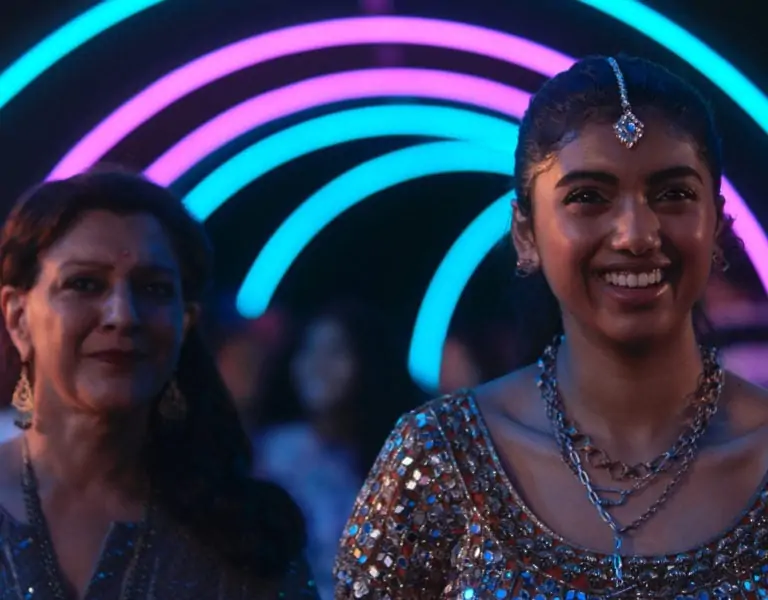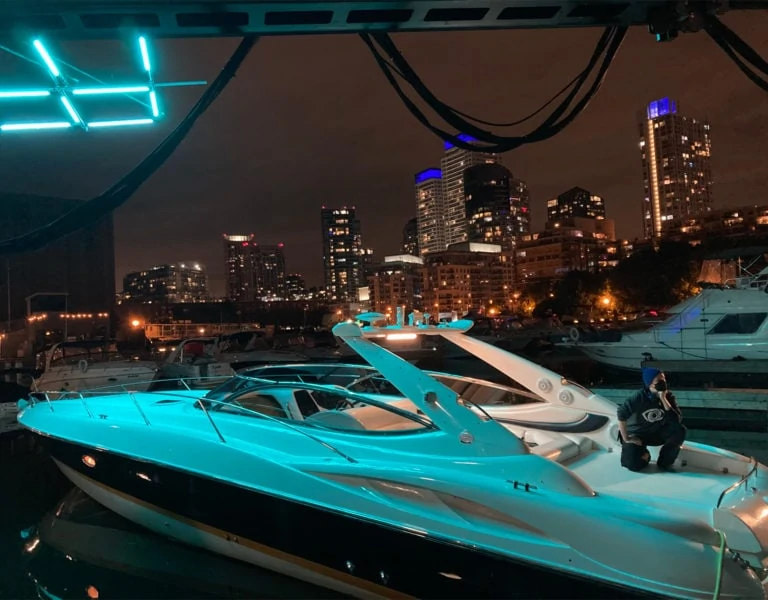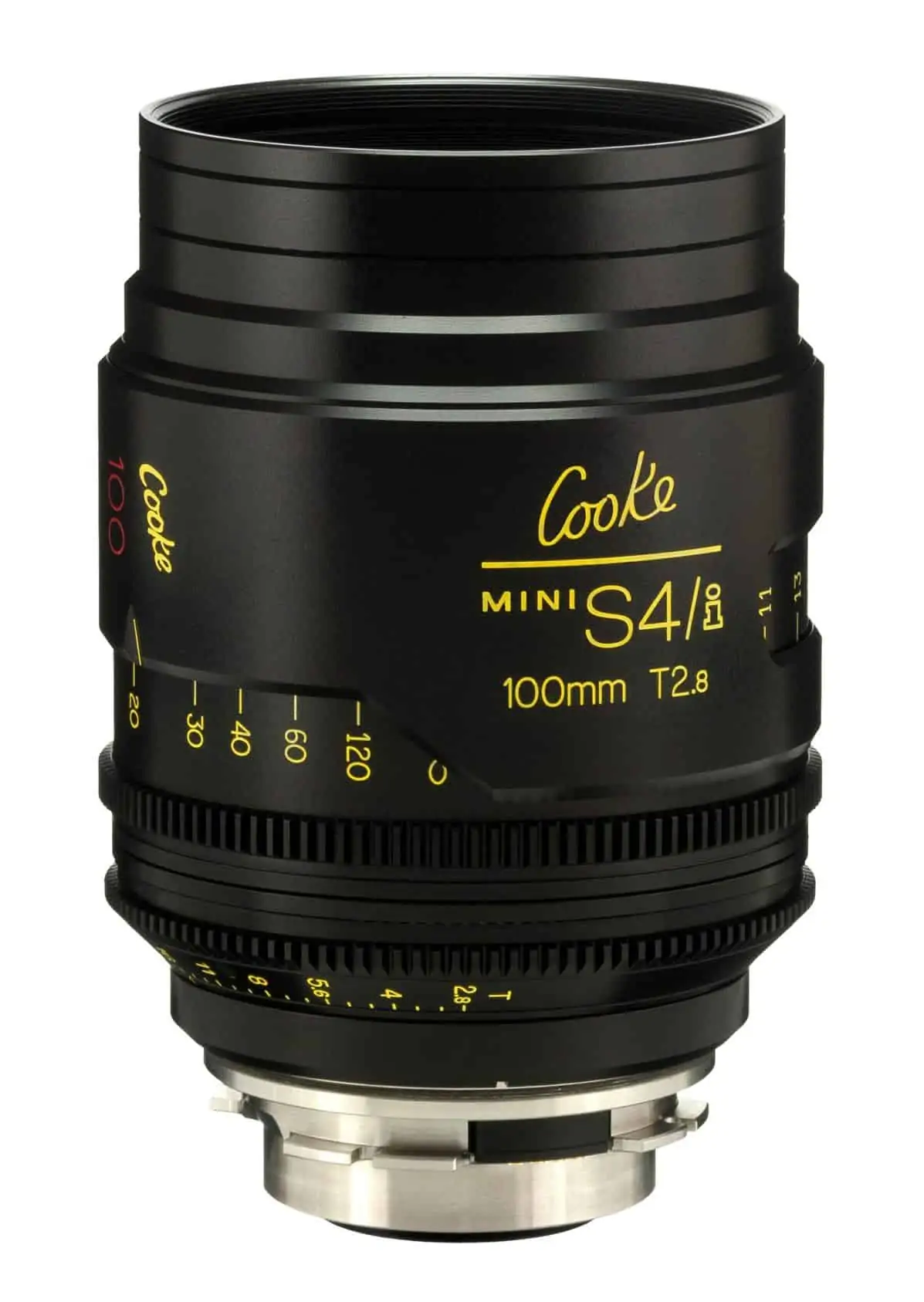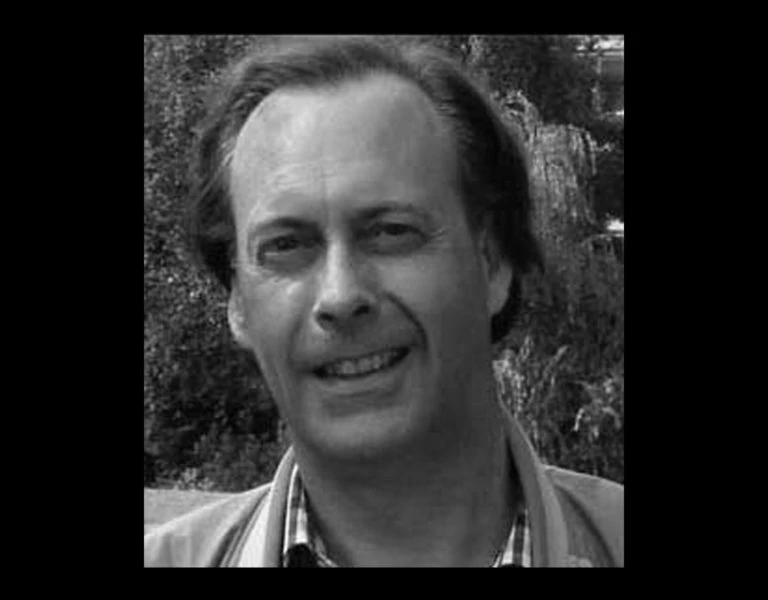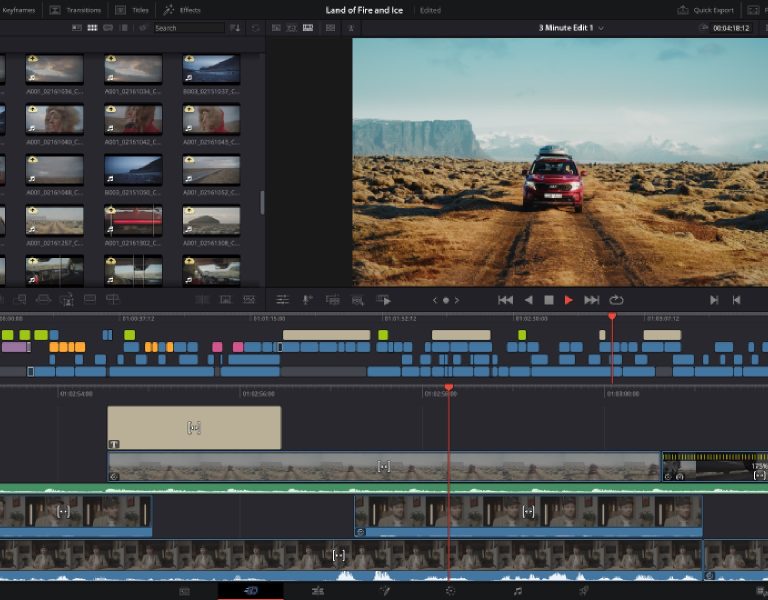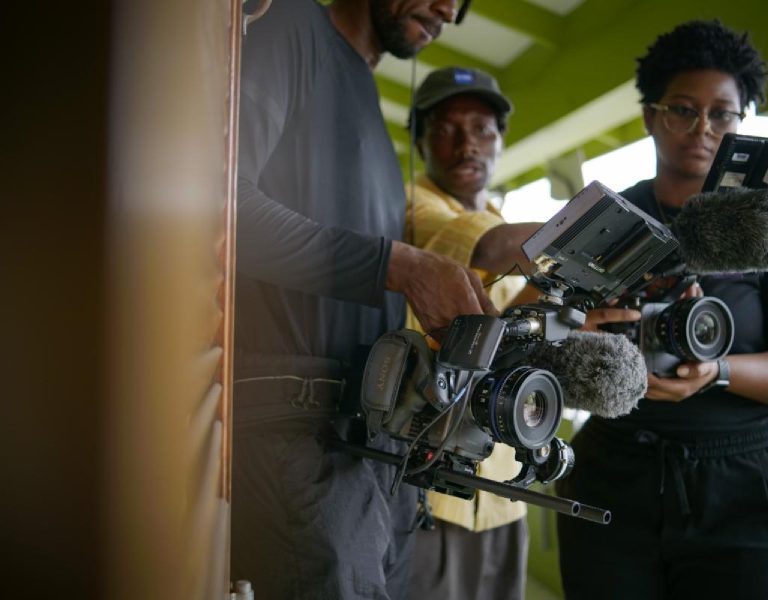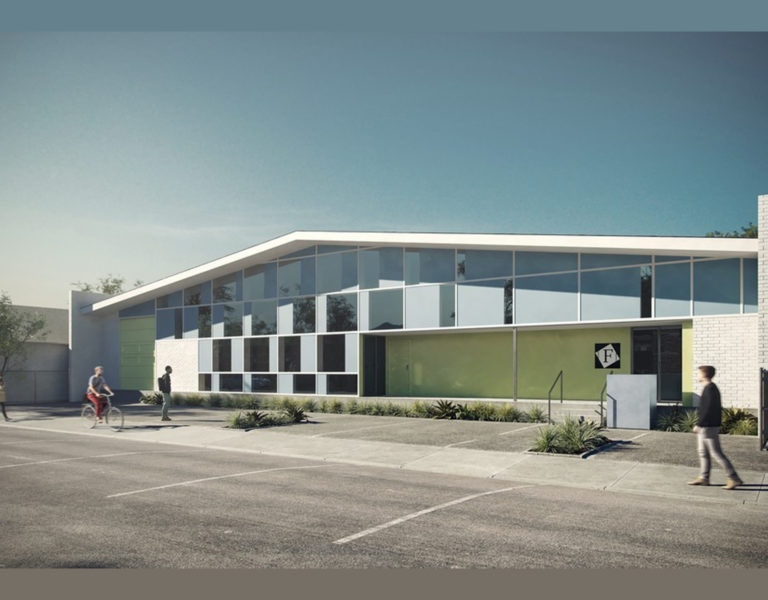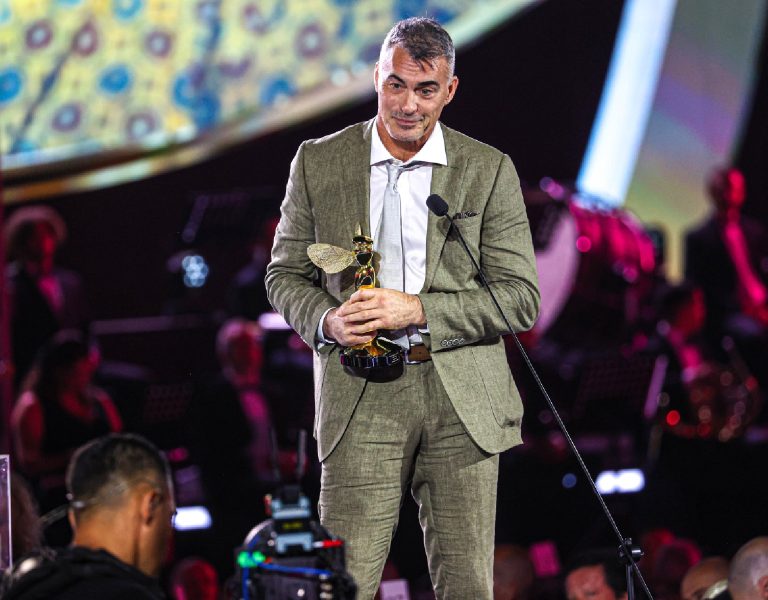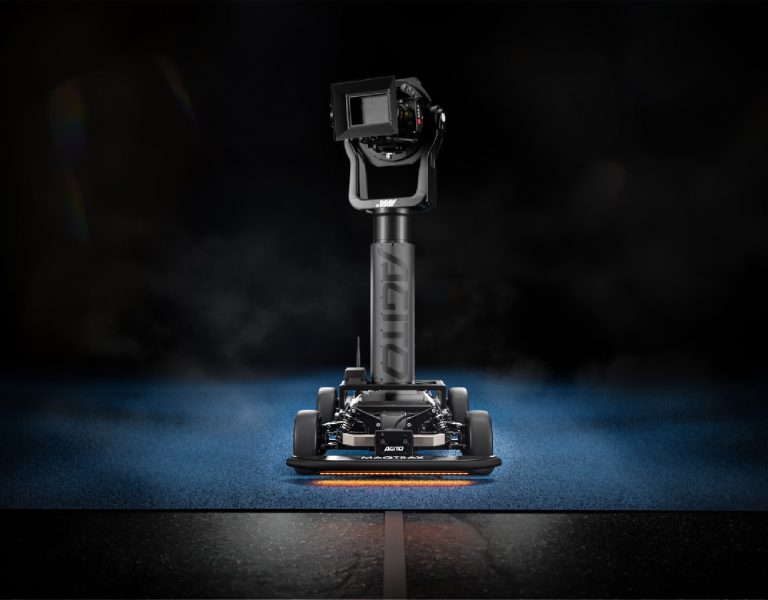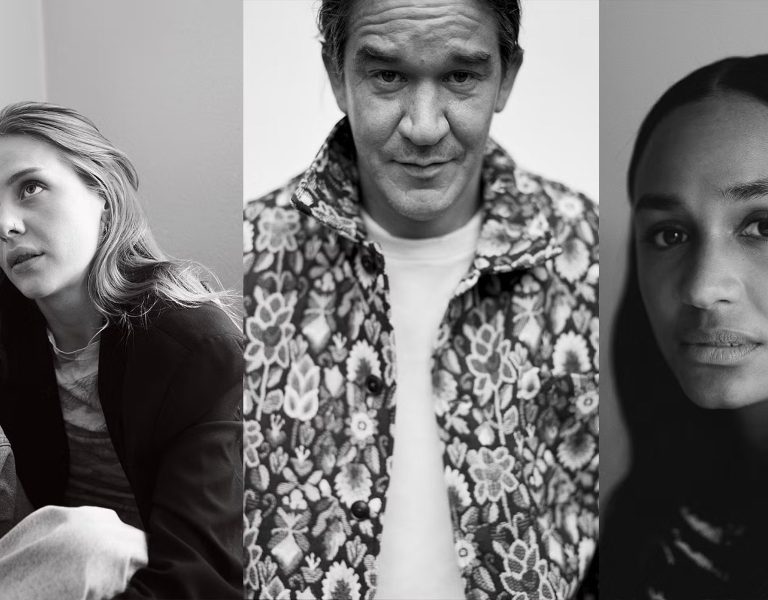
You might not know the name Neil Bogart, but you will know the music artists he made famous as co-founder of Casablanca Records: Donna Summer, Kiss, Parliament, Village People, and more. To help tell this story, cinematographer Byron Werner wanted a special look for Spinning Gold. That look would come from the Cooke Optics Anamorphic/i S35 SF with its Special Flare coating.
Written and directed by Neil Bogart’s son, Timothy Scott Bogart, this drama and music-filled biopic tells the story through the eyes of the elder Bogart as remembered by his son. “This is a personal story for Tim,” explains Werner. “His dad died when he was eight, so he didn’t have a lot of years with his father…a man who did all these great things and who launched all these great artists. We all wanted to tell these amazing stories, like having the Village People do the ‘YMCA’ letters because they really couldn’t dance! Even if you don’t care about the man, you care about the music.”
Werner and Bogart connected during the production of the war drama The Last Full Measure, when Werner was DP for the project and Bogart was one of the film’s producers. “There’s this sort of odd ‘art imitates life’ connection between what Neil did and what Tim was doing,” explained Werner. “Neil was launching Casablanca after he left a deal with Warner Bros. and created his own label and distribution, which was unheard of at the time and very risky. And here was Tim spending years trying to get an indy done – it’s the same level of bonkers as getting music made, but he really was following in his father’s footsteps.”
After years of trying to get Spinning Gold made, Bogart secured $27 million for his film – not a small amount for an independent feature – but didn’t have a director. “One of our executive producers, Lawrence Mark, told Tim ‘you are spinning your wheels, direct it yourself,’ which is exactly what he did,” said Werner.
While a big fan of the Cooke S4/i spherical primes from his early film days and someone who loves the Cooke Look®, it wasn’t either of those things that brought Werner to the Anamorphic/i S35 SF.
“It was the Special Flare,” said Werner. “A Star Is Born [2018] got me interested in these lenses. I tested them in Los Angeles at Alternative Rentals with only one question in mind as we knew that anamorphic was the way to go: ‘Would Special Flare enhance the storytelling?’ The answer was a resounding ‘absolutely yes.’ They really helped sell the music and the idea of a single vision. I love that they aren’t a normal linear flare. Each lens has a unique flare, open up to T2.3 and the flare is different than T4. They really are different. They really are special and added an element to the movie for the visual storytelling.”
Photography started in Montreal, with lenses supplied by Alternative Rentals, and would pick up after a Covid-enforced hiatus in New Jersey with lenses from TCS in New York.
Werner’s Anamorphic/i S35 SF primes included the 32mm, 40mm, 50mm, 65mm MACRO, 75mm, 100mm and 135mm for an ARRI ALEXA Mini shooting 2.39 at 3.4K. On occasion, Werner would bring in a second camera for certain sequences, when necessary, but this was primarily a single camera shoot to capture Neil Bogart’s vision and him telling the story.
“Tim and I collaborate heavily, but it was his vision,” explained Werner. “Whenever possible, we would shoot from the perspective of the viewer to feel like it was Neil’s memory, with single shots and longer shots. It was a singular vision as much as possible, but we still have standard coverage and cuts. Normally, with a narrative, you don’t move the camera when it is unmotivated, but here everything is driven by the music so we can move the camera and use that movement as much as possible.”
One of Werner’s favourite lenses was the 65mm MACRO because of its flexibility. “We designed multiple shots for the macro. One starts tight on a reflection of the keys of a piano as Neil plays a song, then pulls out as his wife joins in with her left hand to play with him. That’s not possible with other anamorphic lenses. To go from the macro out significantly wider is great. And the lens is a real workhorse.”
Werner’s go-to lens was the 50mm, due to the camera moving as much as it did, but he found himself moving between the 50mm and the 65mm, with the 40mm playing a big role as well. “Neil was always on the move – a ‘mover and a shaker’ – and so were we, with wider lenses our stylistic choice.”
Werner created different looks for the different periods of the film: “For the flashbacks to the 50’s, 60s and 70s until 1975, we had different looks, but not with different cameras and lenses – I felt very strong about using colour and light to do that. The movie is based on Neil’s memory, not what may be true or false, so the highest highs and lowest lows are exaggerated with slight colour differences, combined with costume and art design. Being able to do that is what helped drive me to these lenses.”
Werner and senior colourist Asa Fox created LUTS for each period. For the 1950’s, they popped the colours that they thought Neil would remember the most – like a candy jar or blood on his father’s face after being beaten up. The 60’s had a warmer pallet with more earth tones that played into the sets. This would all build up to the 70s where they heightened the colours as much as possible for a 70’s film look, again, in combination with the sets and costumes.
“Lighting was a mix of modern-day LEDs and older tungsten lights, especially on stage with 10Ks and 20Ks for sunlight and various sets,” said Werner. “For the concert scenes, I used older par cans, trying to match the original lighting, hiding some SkyPanels for the front wash and for some slight colour modification.”
Cooke’s exclusive /i Technology would be used on-set to show Werner all of the lens and camera metadata. “I love the tech, especially when not operating. To be able to see the lenses on display and everything that’s going on with the camera is very valuable.”
But VFX work is where the using /i Technology would become truly significant for Werner. “VFX was huge for this film and Artemple Hollywood was involved from the beginning. We built everything around doing the VFX with them from outside of windows to our stadium shots. For those big key scenes, we had a VFX supervisor on-set, specifically for the Parliament and Kiss concert crowd shots. But the best thing was that, even with a lot of roto, I shot as if there were no VFX at all because of the /i Tech. With that data, which is a must for Art Temple, they basically said ‘if you can give me a green screen, great…but just shoot your movie.’ That brought me a ton of freedom, which is really huge these days…really huge.”
